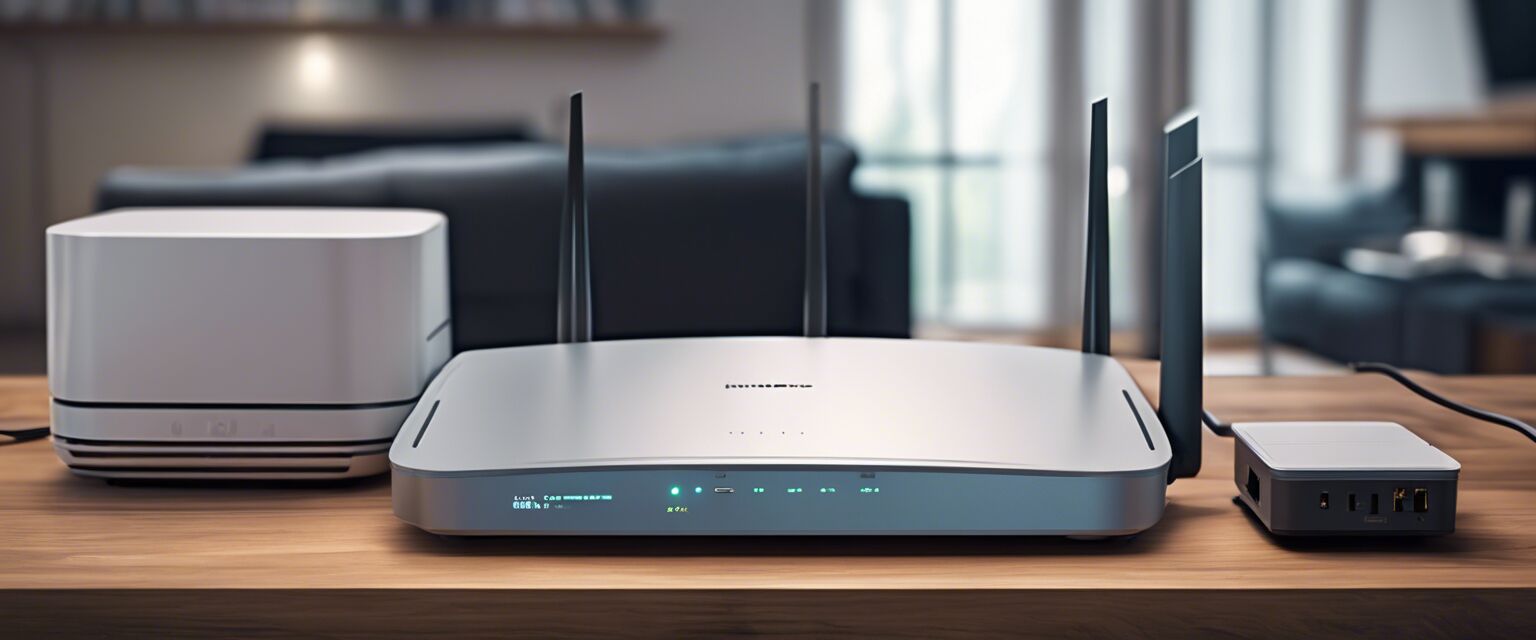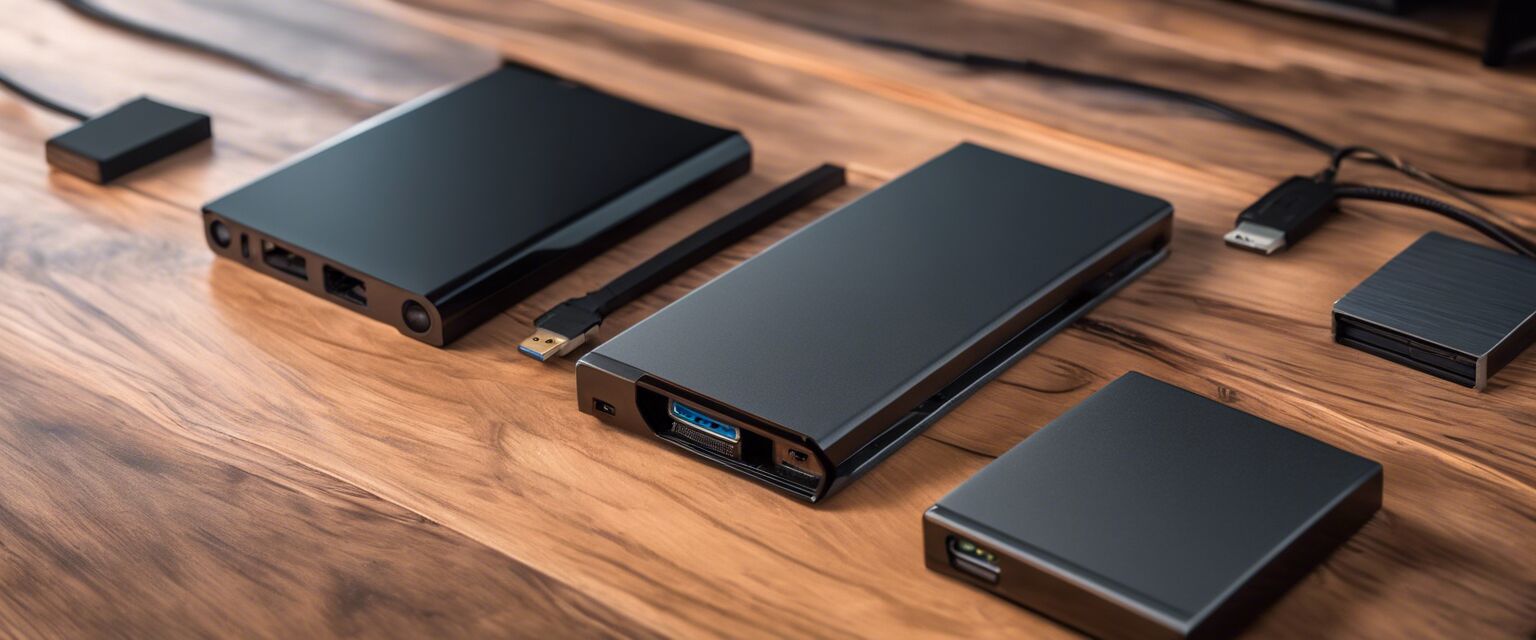
Inexpensive Networking Solutions
Key Takeaways
- Networking doesn't have to be expensive; there are many affordable solutions available.
- Consider using refurbished or second-hand equipment to save costs.
- Wireless solutions can be cost-effective for small spaces.
- Always evaluate your needs before purchasing networking equipment.
- Setting up a home network can be simple with the right tools and guidance.
Setting up a reliable network at home or in a small office can be daunting, especially when you're working with a tight budget. Fortunately, there are numerous inexpensive networking solutions available that can ensure you stay connected without breaking the bank. In this article, we will explore various strategies to develop a budget-friendly networking setup for your needs.
Understanding Your Networking Needs
Before diving into specific products, it's crucial to understand your networking needs. Here are a few questions to consider:
- How many devices will connect to the network?
- What type of activities will be performed? (browsing, streaming, gaming, etc.)
- Will you require a wired or wireless network?
- Is there a particular range or coverage area that needs to be addressed?
Types of Networking Equipment
There are several essential components you will need when setting up a network. Below is a table summarizing common networking devices and their budget-friendly alternatives.
| Device | Budget Alternative |
|---|---|
| Router | Consider refurbished models or budget brands. |
| Switch | Look for unmanaged switches for simpler setups. |
| Access Point | Use an old router as a wireless access point. |
| Cables | Buy in bulk or look for discounted Ethernet cables. |
| Network Adapter | USB adapters can be cost-effective for adding connectivity. |
Choosing the Right Router
The router is the heart of your network. When selecting a router, look for models that offer:
- Dual-band capabilities for better performance.
- Good range to cover your entire home or office.
- Easy setup options, ideally with a user-friendly interface.

Wired vs. Wireless Networking
Both wired and wireless networks have their advantages and disadvantages. Below is a comparison to help you decide which is best for your situation.
| Feature | Wired Networking | Wireless Networking |
|---|---|---|
| Speed | Generally faster and more stable. | Can be slower due to interference. |
| Setup Cost | Higher upfront cost due to cables. | Lower cost, but may require additional equipment. |
| Mobility | Limited to cable length. | High mobility, devices can connect from anywhere. |
| Security | More secure due to physical connections. | More susceptible to unauthorized access. |
Setting Up Your Network
Once you have chosen your equipment, setting up your network is the next step. Hereâs a simple guide:
- Connect your router to the modem using an Ethernet cable.
- Power on your router and modem.
- Access the routerâs configuration page through a web browser.
- Set up your network name (SSID) and password.
- Connect your devices either via Ethernet cables or Wi-Fi.

Tips for Optimizing Your Network
Beginners Section
- Place your router in a central location for better coverage.
- Limit the number of devices connected to ensure better speed.
- Regularly update your routerâs firmware for security and performance.
- Use a password to protect your network from unauthorized access.
- Consider a mesh network if coverage is an issue.
Conclusion
Inexpensive networking solutions are readily available for those looking to set up a reliable home or small office network. By understanding your needs, selecting the right equipment, and properly configuring your network, you can enjoy a seamless online experience without spending a fortune. For more information on specific networking products, check out our networking category.
Pros
- Cost-effective solutions available.
- Variety of equipment options to fit different needs.
- Easy setup for basic networking.
- Flexibility of wired and wireless options.
Cons
- Some budget options may lack advanced features.
- Potential for slower speeds compared to high-end models.
- Wireless networks can be prone to interference.








